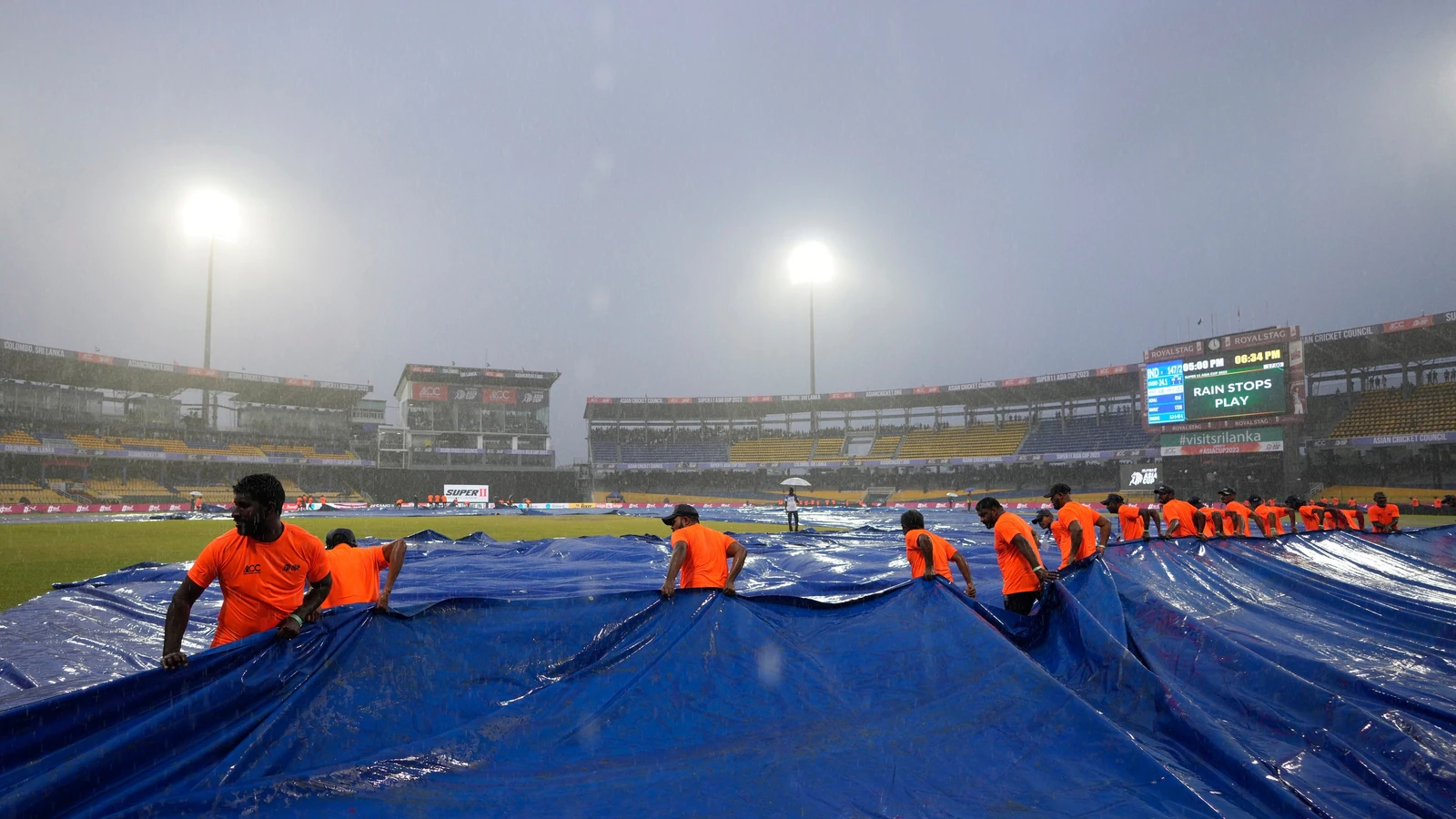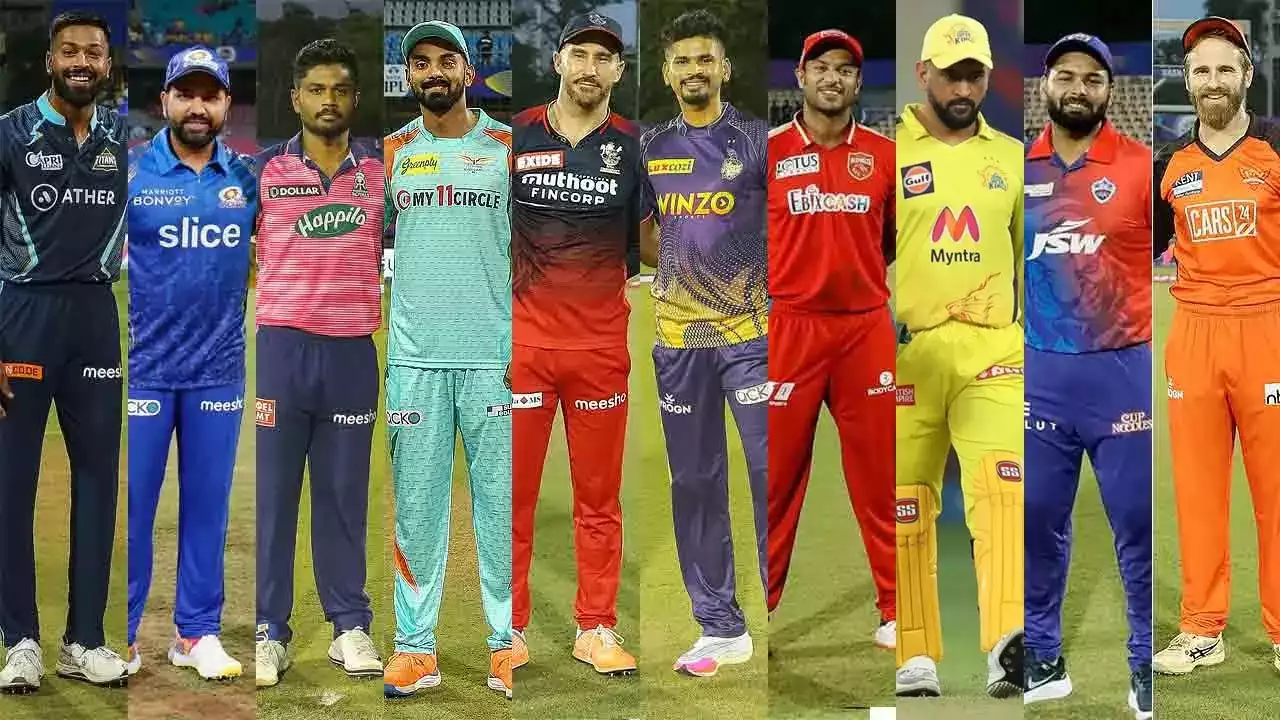An over is an essential unit of measurement in cricket, used to track the progress of the bowler as they deliver a set number of balls to the batsman.
To be precise, an over typically consists of six consecutive legal deliveries, which must be accurately bowled within a specified period of time.
Consequently, each team has the opportunity to bowl a predetermined number of overs during a match.
What is Over in Cricket?
In cricket, an ‘over’ is a set of six consecutive legal deliveries bowled by one bowler from one end of the pitch. After each over, a different bowler must bowl the next over from the opposite end of the pitch. The same bowler cannot bowl consecutive overs.
The concept of an over is fundamental to the structure of a cricket match. The number of overs in a game determines the match’s length.
In the shorter formats of cricket, such as One Day Internationals (ODIs) and Twenty20 Internationals (T20Is), each team is allocated a specific number of overs to bat.
In ODIs, each team typically has 50 overs, while in T20Is, each team has 20 overs. In Test cricket, there is no set number of overs that must be bowled in a day, but typically around 90 overs are bowled in a full day’s play.
The end of an over is also a strategic point in the game. The fielding team may choose to change bowlers, and the batsmen will change ends, which can potentially disrupt a batsman’s rhythm and concentration.
The number of overs a bowler has bowled, and how many they have left, is a crucial part of the fielding team’s strategy.
Significance of the Over
The over plays a pivotal role in determining the overall momentum and strategies employed by both the batting and bowling teams.
With each over, the batsman faces a new challenge, potentially losing their wicket if they fail to score runs or defend against the bowler’s skills.
Simultaneously, the bowling team aims to exploit the limited over opportunity to take wickets, restrict runs, and apply pressure on the opposing batting lineup.
Rules Governing the Over
An over carries certain conventions and regulations to maintain the fairness and integrity of the game. Chief among them is the requirement that the bowler must deliver the ball from behind the popping crease, located at the end of the pitch.
Furthermore, any delivery that is not considered a “no-ball” or “wide” is counted as a legitimate ball, contributing to the completion of an over.
Real-World Analogies in Cricket
Cricket can be likened to a captivating real-world scenario where competing forces vie for supremacy.
In this case, the over can be compared to an hourglass, steadily emptying as the bowler’s challenges mount against the batsman, who must remain vigilant and adaptable throughout.
Just as a game of chess demands strategic thinking, each over requires thoughtful decisions to maximize scoring opportunities while minimizing risks.
Additionally, the over embodies the concept of turning points in cricket. It serves as a natural breaking point, much like a musical symphony where individual notes blend harmoniously into larger movements.
Similarly, cricketers must navigate the ebb and flow of play, seizing critical moments that could either elevate their performance or serve as a setback.
In conclusion, the over is a fundamental unit of cricket that profoundly influences the dynamics of the game. Through its rhythmic cadence of deliveries, it sets the stage for strategic maneuvers and exhilarating moments that render cricket a uniquely captivating sport.
By comprehending the significance of the over, players and enthusiasts can truly appreciate the multifaceted nature of cricket unfold before their eyes, embracing the challenges and rewards inherent to this beloved game.











